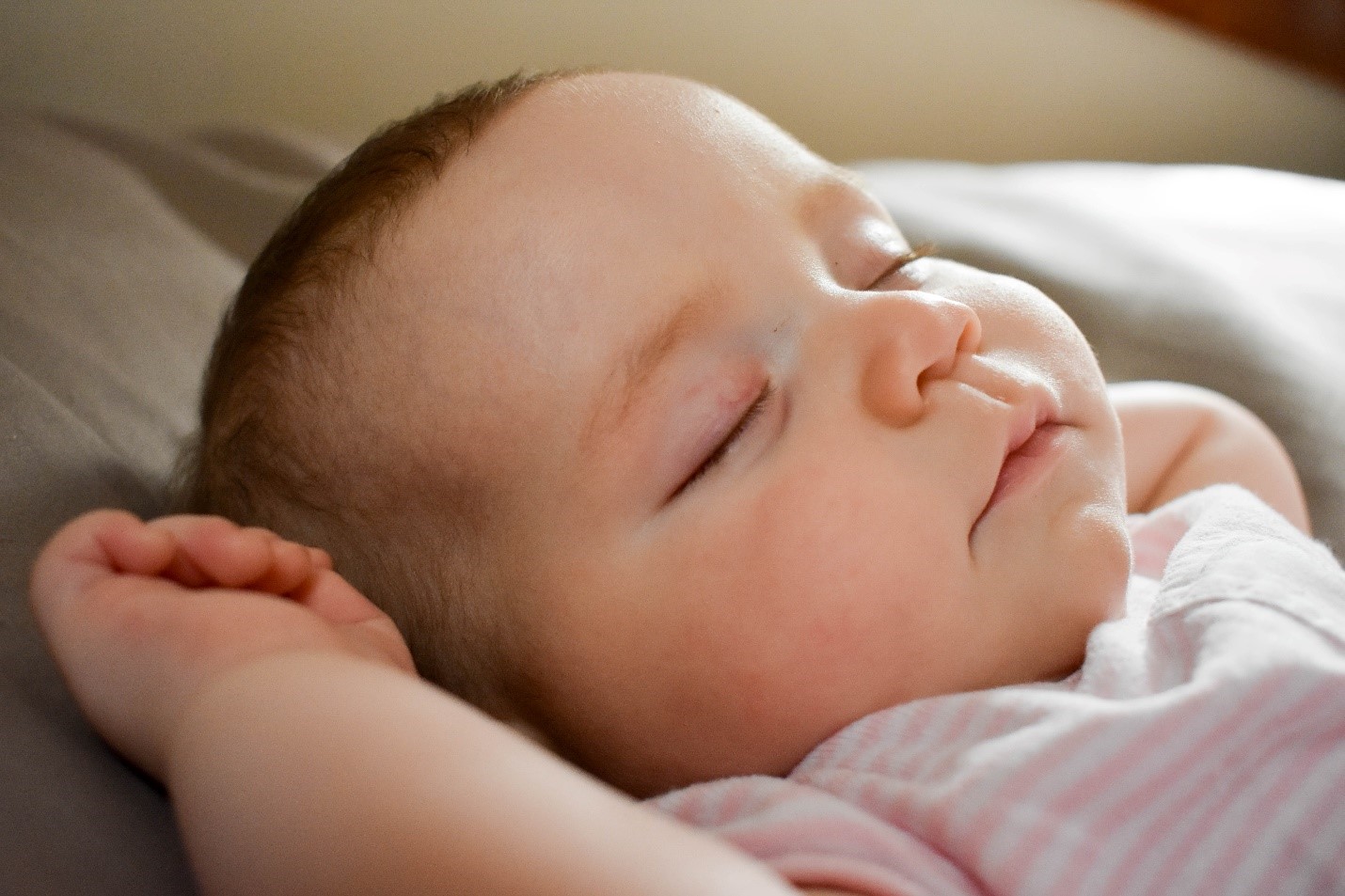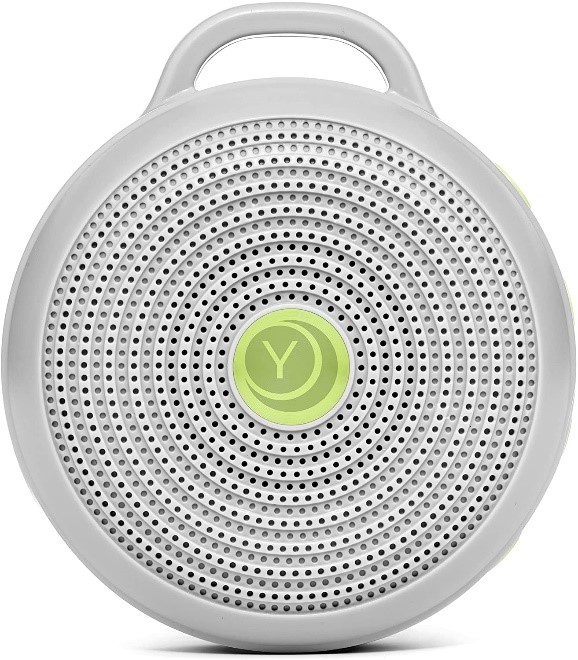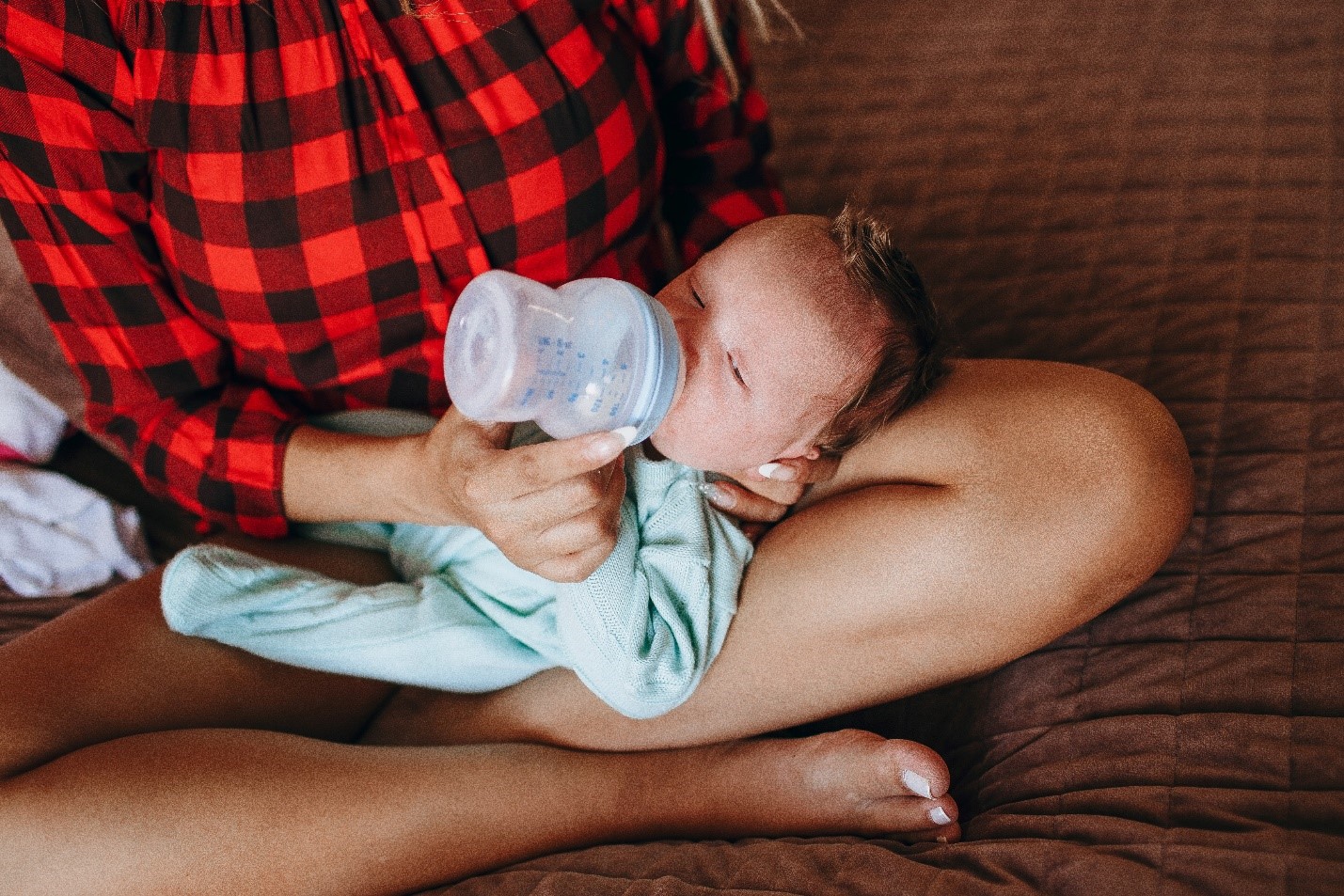Babies need a lot of sleep because they direct most of their energy towards growth and development – that’s why they sleep most of the day. However, if you find yourself tiptoeing around the house and fearful of making any noise, you might have a light sleeper on your hands. This can be a common struggle, especially for new parents, to have a baby that can wake up at the slightest disturbance. Fortunately, there are a few remedies that have been tried and tested by successful parents.
The best way to deal with a light sleeper is to make sure that your baby’s nursery is highly conducive to sleep. This can be done by making sure the room is cool, dark, and quiet and establishing a routine. Additional remedies include getting your baby a white noise machine, using sleep props, and allowing your baby to self-soothe.
Sleep Stages: Why Your Baby is a Light Sleeper

An important concept to understand is that sleep occurs in cyclic stages: rapid eye movement (REM) sleep and non-rapid eye movement (NREM) sleep. These are two distinct stages of sleep that succeed one another in cycles, something that can be easily observed from sleep studies.
REM sleep is a type of light sleep where dreams occur. This stage is called REM because, at this stage of sleep, the person’s eyes move rapidly back and forth. Adults only spend about 20-25% of sleep in the REM stage, but babies spend about 50% of their sleeping time in this light sleep stage.
On the other hand, NREM is referred to as such because of the lack of movement in the eyes, unlike in REM sleep. NREM can also be subdivided into further stages:
- Stage 1: drowsy, light sleep
- Stage 2: light sleep with small movements
- Stage 3: deep sleep, the baby does not move
- Stage 4: deep sleep, difficult to wake up, does not move
With all this, some experts say your baby is not a light sleeper – instead, all babies are rather light sleepers because they spend a lot of time in the light sleep stage.
During sleep, babies cycle back and forth from REM to NREM sleep. You can see that because babies spend a significant portion of their sleeping time in light sleep, it’s no wonder why your baby wakes easily from the slightest disturbance. As the baby grows older, their sleep patterns become more like that of an adult’s, eventually reducing the overall sleeping time spent in REM sleep.
Tried-and-Tested Remedies for Light Sleeper Baby
-
White Noise
Many parents swear that having a white noise machine in the nursery tremendously helps their baby stay asleep longer. A white noise machine is an electronic device that emits ambient noise designed to calm the listener. Most of these devices emulate natural sounds such as rain, running water, or rustling leaves. Other white noise machines also produce non-natural sounds, such as an electric fan or air conditioning.
White noise machines may sound counterintuitive since they would just be adding noise to the nursery. However, a white noise machine works specifically by producing calming sounds that could help block out disturbing noise.
For example, the silence of a nursery can be easily broken with the tiniest disturbance, thereby exponentially increasing the severity of the disturbance. In contrast, noise and other auditory disturbances won’t have as big of an impact when the nursery already has a steady stream of relaxing sounds filling it.
Portable White Noise Machine for Baby

-
Maintain the Room Environment
There are factors that can make a nursery highly conducive for sleeping. For one, make sure that the nursery can be completely blacked out when you want the baby to sleep. It will always be more difficult to sleep peacefully in a bright room compared to a dark one.
Make sure that the windows of the nursery are totally covered. Some parents might install curtains or shades and later find out that the angle of the sun can still enter the room during certain times of the day. The thickness of the curtains should also be evaluated. The curtains should be thick enough to prevent sunlight from bleeding into the room anyway.
Making the room soundproof can also help the baby continue their peaceful sleep. Soundproofing a nursery is always a good idea, especially when it is difficult to ensure a silent household (e.g., pets, household chores, older siblings, etc.).
An important concept to take note of when it comes to soundproofing is that a softer texture around the room is better than hard surfaces. This is why every inch inside of recording studios is adorned with foam. You could help soundproof the nursery by carpeting the floor if it wasn’t already. If you aren’t able to carpet the whole floor, you can add a large rug instead.
Aside from light and sounds, you should also make sure that the temperature inside the nursery is cozy and conducive to sleeping. It’s best when the nursery has a separate thermostat and air conditioning that can be accurately controlled and monitored. A heater during the winter months can also help make sure the room is nice and toasty.
You should also remember to close the door of the nursery to also help reduce the noise coming in. However, you should have a baby monitor active to be able to hear if ever your baby needs attention.
-
Don’t Hover Over Them
Speaking of monitors, many parents (especially new parents) like to flock to their baby as soon as they hear any noise coming from the baby monitor. Understandably, parenting can be a worrisome job. However, babies can still make noises even in their sleep. Thus, going to check on the baby every time they make noise can actually pose more of a hindrance to their sleep than you realize.
When you hear your baby make a sound on the baby monitor, give them a few minutes. Only go to check on the baby when the noises they make persist. But if they make a noise and return to being silent, they’re probably okay.
-
Sleep Props

When babies are woken up from their sleep, you’re going to try and find the best way to get them back to sleep. Thus, it is important to have a diverse arsenal of sleep props for you to go through.
Sleep props are items and methods that parents can use to help their baby go back to sleep. Props that are found to be effective can differ from one baby to another. Some babies might get back to sleep as soon as they’re given their pacifier. Some babies might need a little rocking session to get back to sleep, while some would need a little feed. These props can essentially be items such as a bottle, a pacifier, a swaddle, or an activity such as feeding, bouncing, or rocking.
While these sleep props are great tools to get your baby back to sleep, it can be problematic when babies depend on these props to fall back to sleep. This will cause them to constantly ask for the sleep props to get back to sleep, meaning you’ll be up multiple times at night just to help your baby get back to sleep. Thus, it is important to control your usage of these props. It’s ultimately better to teach your baby to sleep independently to give yourself a break as well.
-
Establish a Routine
Babies often introduce chaos into the household, especially to new parents. With babies, anything can happen at any time. That is why one of the first things parents have to learn is to set a schedule.
Setting a schedule helps not only the parents but also the baby. When babies can get accustomed to an established schedule, you will find that they are more conducive to the activities set to that schedule. For example, babies will get hungry around the time scheduled for feeding. Importantly, babies can sleep better when they are scheduled for naps and bedtime the same time every day. Enforcing these sleeping schedules can help them get their bodies to establish a rudimentary circadian rhythm.
-
Allow Them to Self-Soothe
When babies abruptly wake from sleep and cry, parents have to fly in and save the day – this is parents soothing their child back to sleep. However, parents will have significantly more time to rest and relax when their babies are already able to self-soothe.
Allowing your baby to self-soothe means giving them an environment that promotes self-soothing. Following the remedies above would already be towards an environment that promotes self-soothing. These include giving your baby a comfortable environment and an established schedule.
Another thing that could help your child to learn how to self-soothe is by giving them a security object. This can be a soft toy, a blanket, or really anything safe that your baby can seek comfort and security in. This remedy is more for babies beyond a year old because babies below that age are still not recommended to have additional items (e.g., pillows, blankets, loveys, toys, etc.) in their crib.
